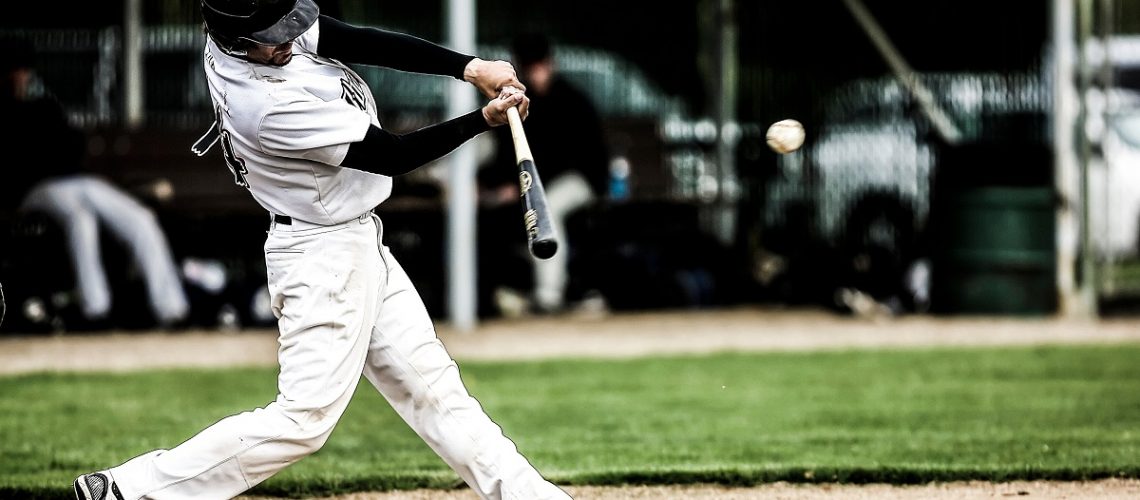When selecting a baseball bat, the player’s size and skill level should be taken into consideration. Regulations vary among youth leagues, high school, college, amateur clubs, and professional organizations.
Changes in regulations are common:
The Little League organization, for example, requires their players to use bats with the Little League stamp of approval. These are typically ‘small barrel’ bats with a 2¼” barrel, following particular guidelines concerning bat composition.
Little League plans to alter their bat specifications in the near future, updating their approval stamp as well. As a result, all current Little League branded bats will need to meet new league standards before they are considered legal by the league.
Materials for a Baseball Bat Made of Wood:
Many professional leagues, including Major League Baseball, use wooden bats. Ash bats will likely be a bit lighter in weight than maple bats of the same length and turning type, but birch seems like a maple/ash hybrid in weight and feel.
Because maple is a thicker and denser wood than ash, some people believe that swinging maple produces more “pop” than swinging ash. When making the switch to wood bats, try starting out with a lightweight ash bat before trying birch or maple.
The Comfort Factor:
When it comes to selecting a bat, comfort is an important element to consider. Batters want to feel confident and familiar with the bat in their hands. The more comfortable an athlete is with any piece of sporting equipment, whether it’s a baseball glove, a swimming cap, or hockey skates, the better they will perform.
Once you find a bat you like, stick with it. If you’re having trouble at the plate, consult with your batting coach to find out if a different bat may help!

